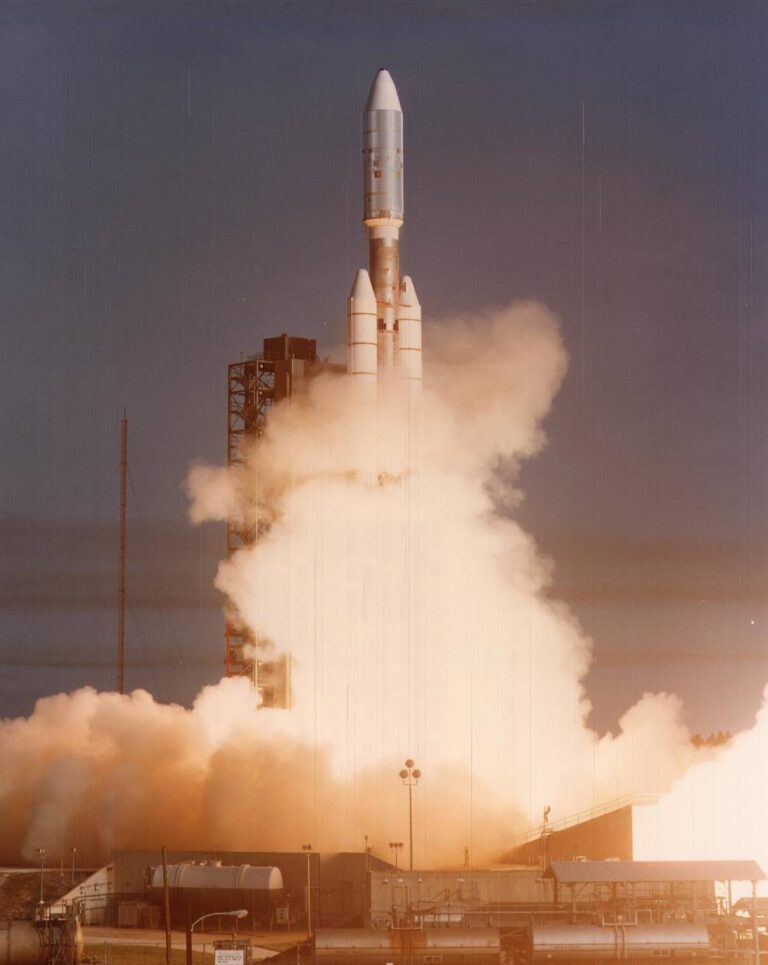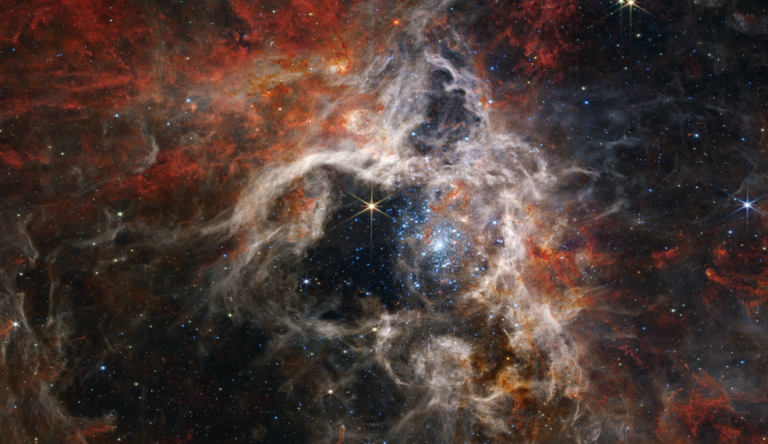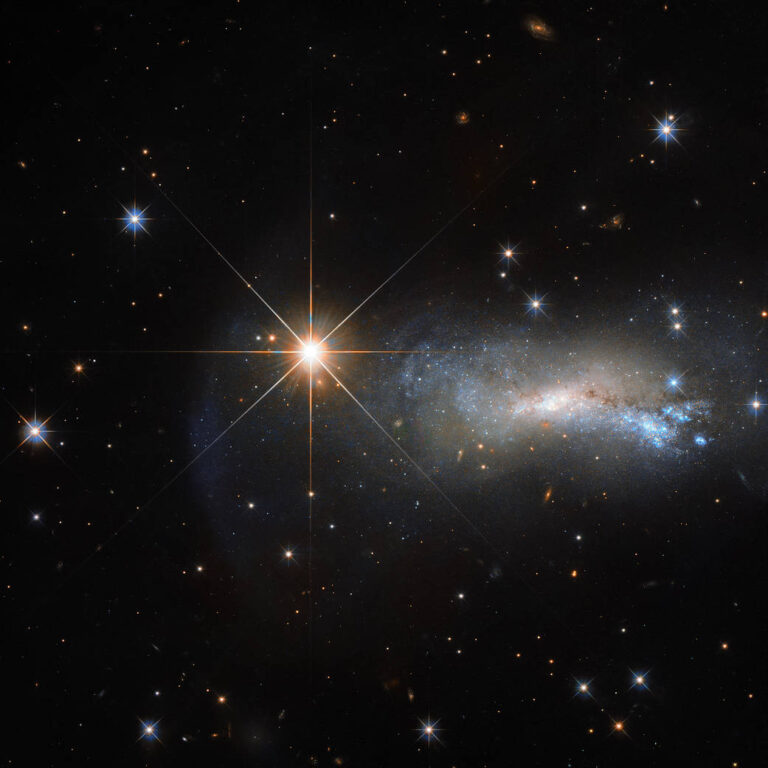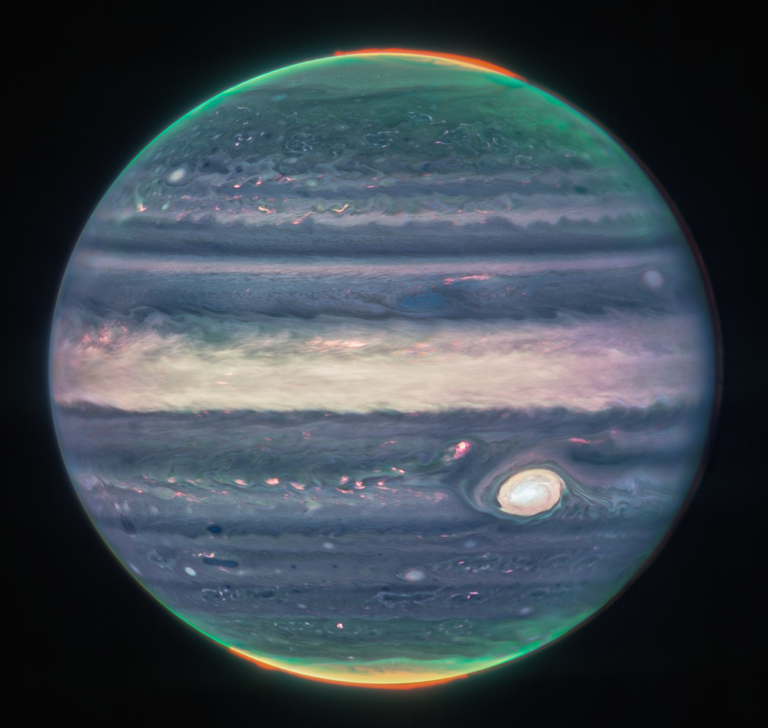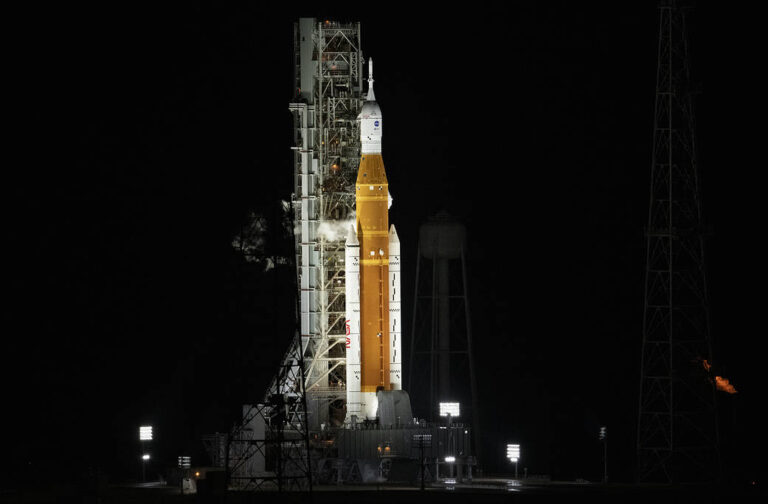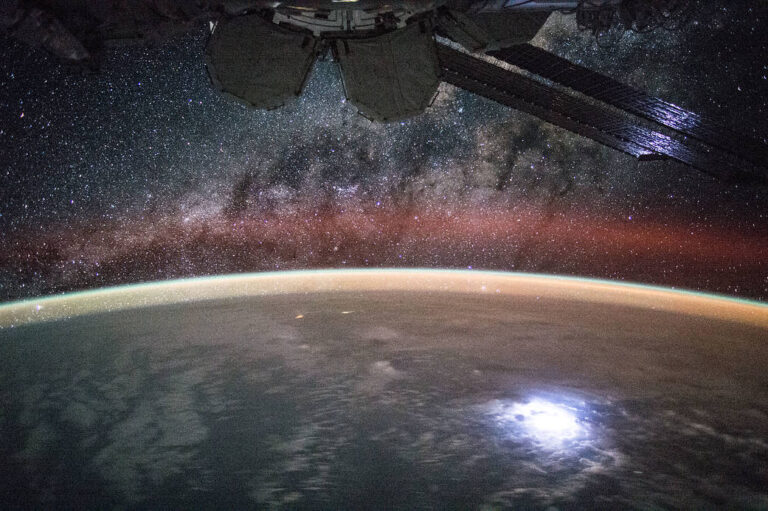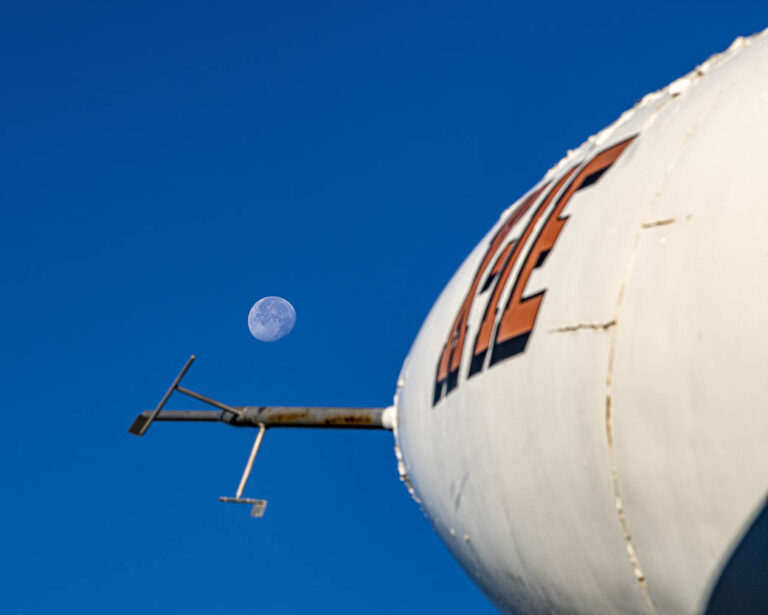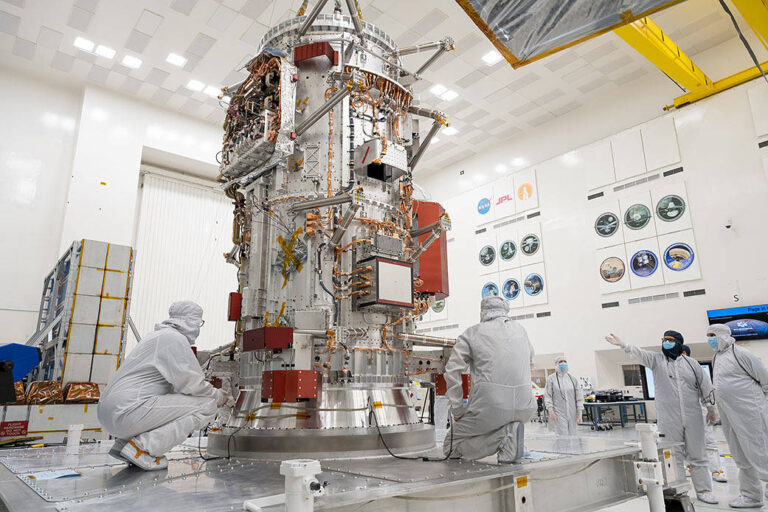旅行者1号的外行星任务开始了
The Voyager mission was designed to take advantage of a rare geometric arrangement of the outer planets in the late 1970s and the 1980s which allowed for a four-planet tour with a minimum of propellant and trip time. This layout of Jupiter, Saturn, Uranus and Neptune, which occurs about every 175 years, allows a spacecraft on a particular flight path to swing from one planet to the next without the need for large onboard propulsion systems. NASA’s Voyager 1 spacecraft launched after Voyager 2, on a faster, shorter trajectory. This image captures that moment in Cape Canaveral, Florida on Sept. 5, 1977. Image credit: NASA/JPL-Caltech/KSC 旅行者号任务的设计目的是利用20世纪70年代末和80年代罕见的外行星几何排列,以最少的推进剂和旅行时间进行四星旅行。木星、土星、天王星和海王星的这种布局大约每175年发生一次,使航天器在特定的飞行路径上从一个行星弹射到另一个行星,而不需要大型机载推进系统。 NASA的旅行者1号航天器在旅行者2号之后发射,轨道更快更短。这张照片拍摄了1977年9月5日旅行者1号在佛罗里达州卡纳维拉尔角发射升空的那一刻。 影像来源:NASA/JPL-Caltech/KSC

